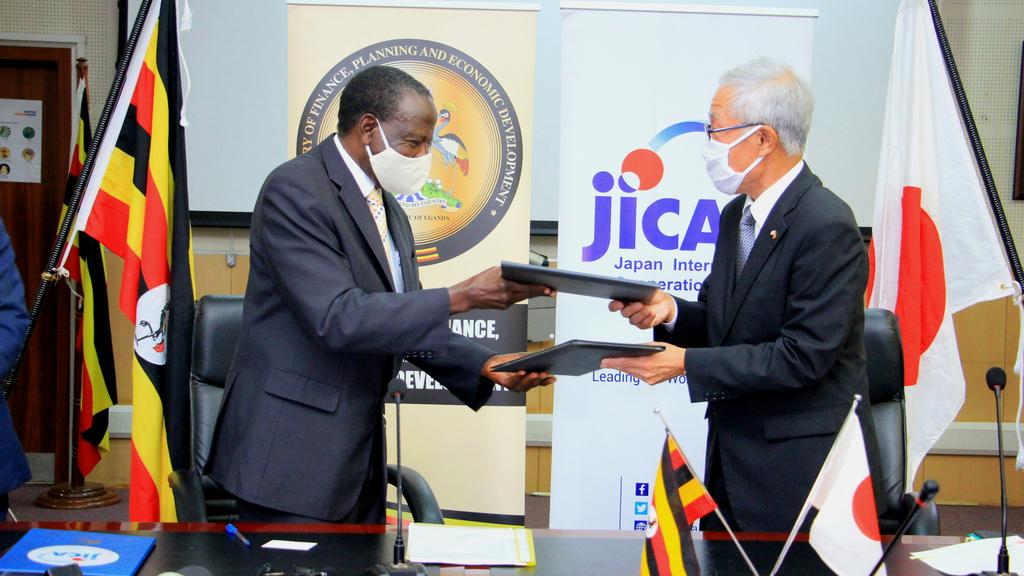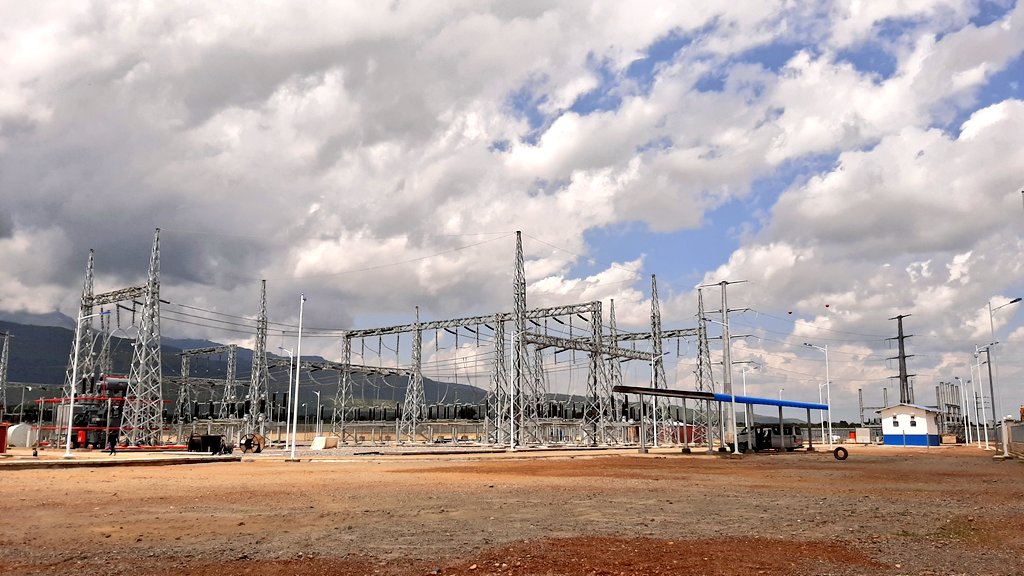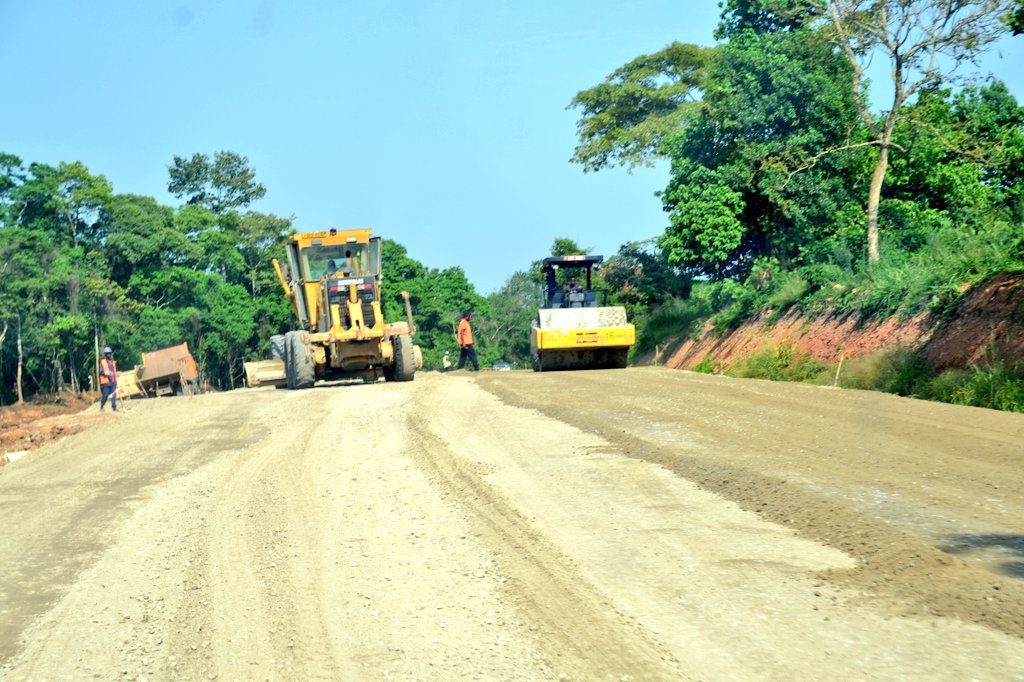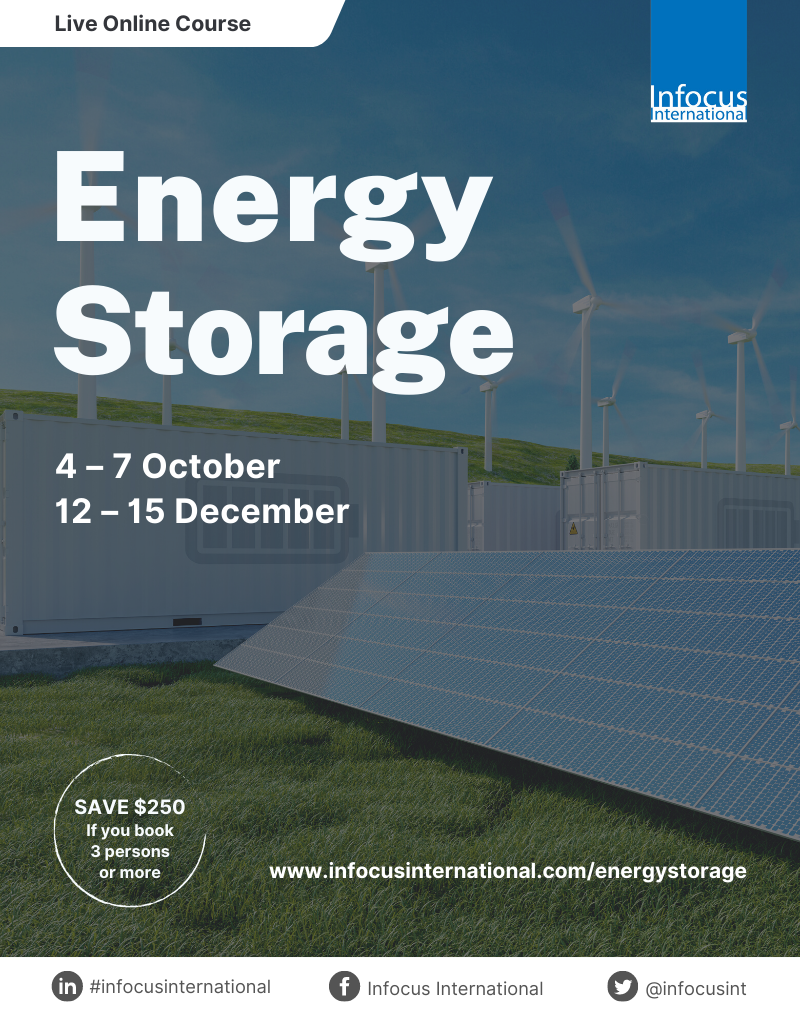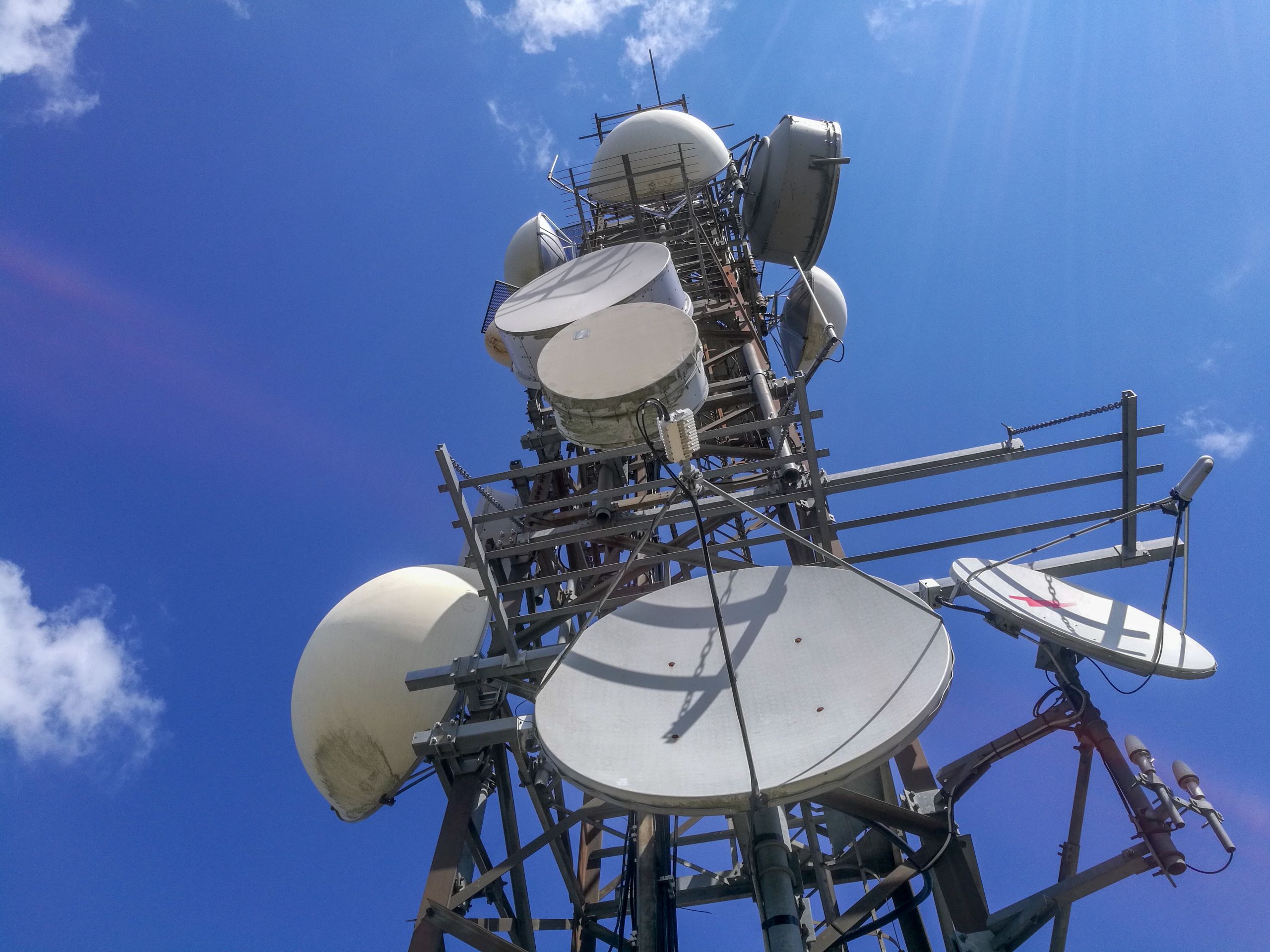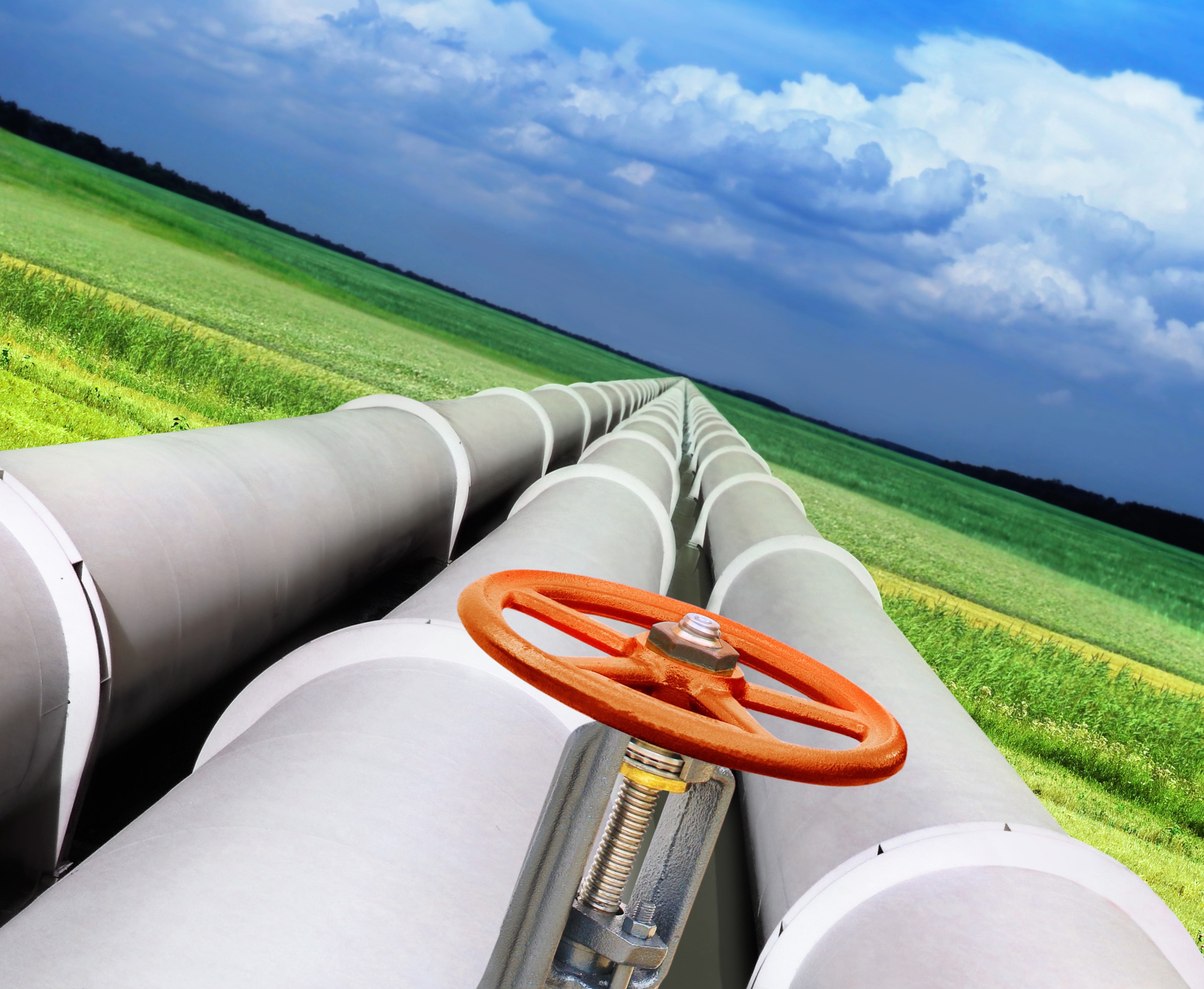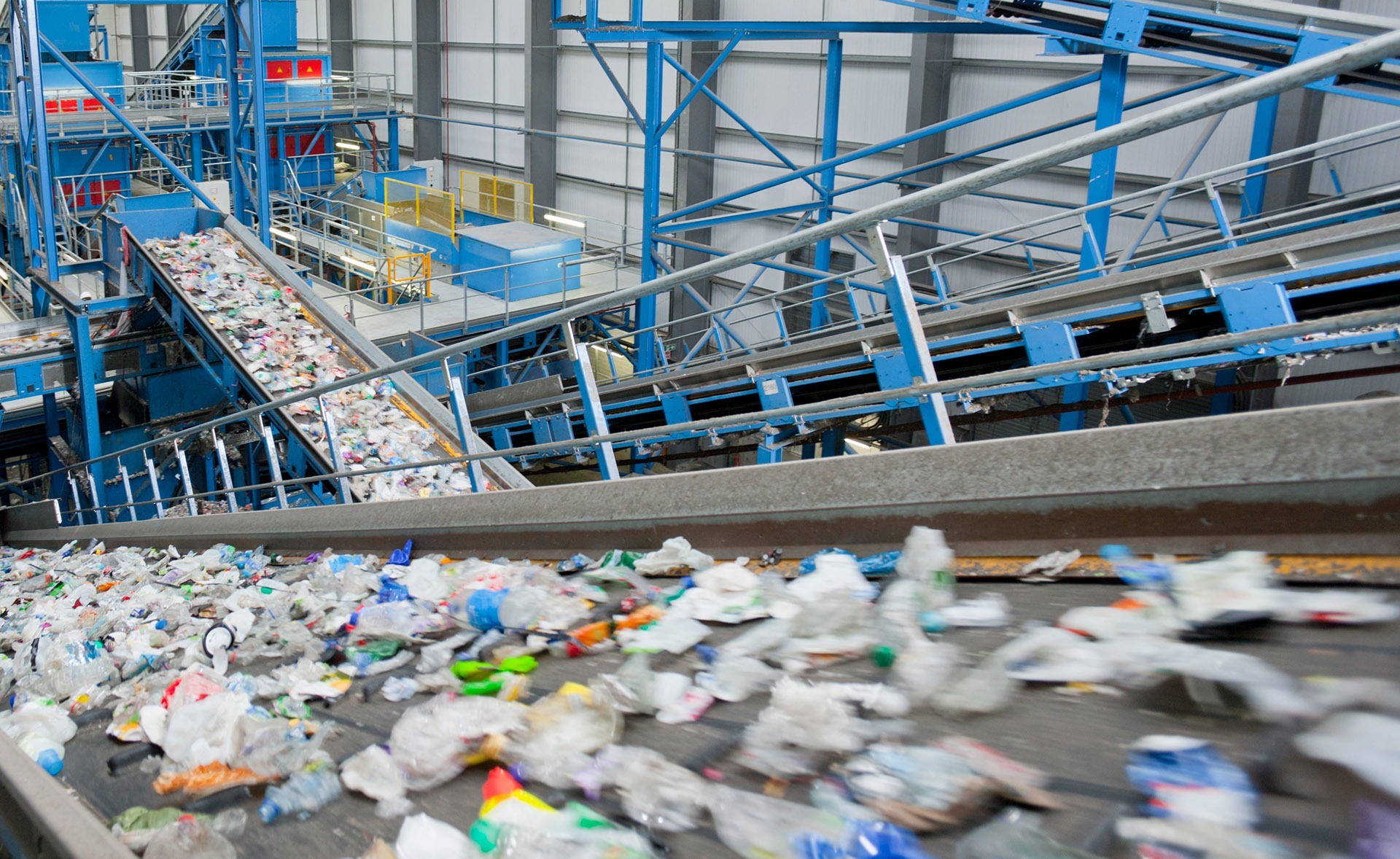The new bridge currently under construction across the River Nile in Uganda’s eastern town of Jinja is now expected to be ready and delivered in April 2018, not December 2017 as earlier planned. The bridge will provide the second, and an alternative entry point to Kampala, from the east of the country, and therefore creating reliable connection to the south, western and northern parts of Uganda, through the country’s capital and biggest business hub. The five month delay has been attributed to delays in contracting and a surprise encounter with a hard rock at the river bed that had, not been earlier anticipated.
Currently the only reliable entry into Kampala from eastern Uganda- going to as far as western Kenya, and the Kenyan- coast through which most of Uganda’s imports and exports come and go, is the Owen Falls Bridge built in 1954. Over the years, the 60 year old bridge has from time to time stoked scares because of the cracks that have been developing on it. And being the only main road connection from Jinja to Kampala its collapse would mean part of the country getting cut off from the capital. But even more important it would mean that Uganda’s only sustainable way to the sea (Kenyan coast) would be cut off, with immense economic and security implications.
The US$132 million (Uganda shillings 350 billion) contract is majorly funded by a concessional loan from the Japanese Government through the Japanese International Cooperation Agency (JICA). Construction works are being undertaken by Zenitaka Corporation Company of Japan.
When complete, the new bridge will be the longest bridge across a river in East Africa, standing at 8 metres high and 525 metres long.
According to the Uganda National Roads Authority, “the bridge has a two-way, single span of 290m and end spans of 135m and 100m on the east and west banks respectively. The new bridge will comprise a dual carriageway, Single-Plane Cable Stay Bridge, with an Inverted Y shape approximately 70-80m pylon.” The bridge will also have a superstructure (structure above) which comprises of 2.5m or more box girder with webs and/or tie braces.
This means that the new bridge will be a four-lane affair, with a cable stay, a superstructure of web (see artistic impression), the first in the country and the region. Works will also consist of new asphalt surfaced approach roads of 2.1 km length to the north and south of the bridge.
Once complete the new bridge will be Japan’s newest landmark in Uganda in a long a time. In the late 1980s and early 1990s, Japan was Uganda’s leading development partner providing funding and technical assistance in agriculture, infrastructure, education, among others. Over the years, China has made a stronger infrastructure imprint in Uganda, compared to their Nipponese Asian counterparts. China boasts of a string of infrastructure landmarks in the country like Nelson Mandela National stadium, President’s Office Twin Tower Building, dams like the Karuma Hydro Power Dam, roads, among other big infrastructure projects.
Speaking at the inauguration of the construction works last year, Uganda’s President Yoweri Museveni called upon the Japanese construction companies to stay in Uganda to bid for more works. The Japanese said they planned to join with local Ugandan companies to bid for more works in future.
In September (2015), The Government of Uganda signed another concession loan with the Japanese Government to finance mitigation of traffic congestion and to vitalize logistics and economic activity in Kampala. These works mainly include re-development of round-abouts to ease traffic flows in the city.





